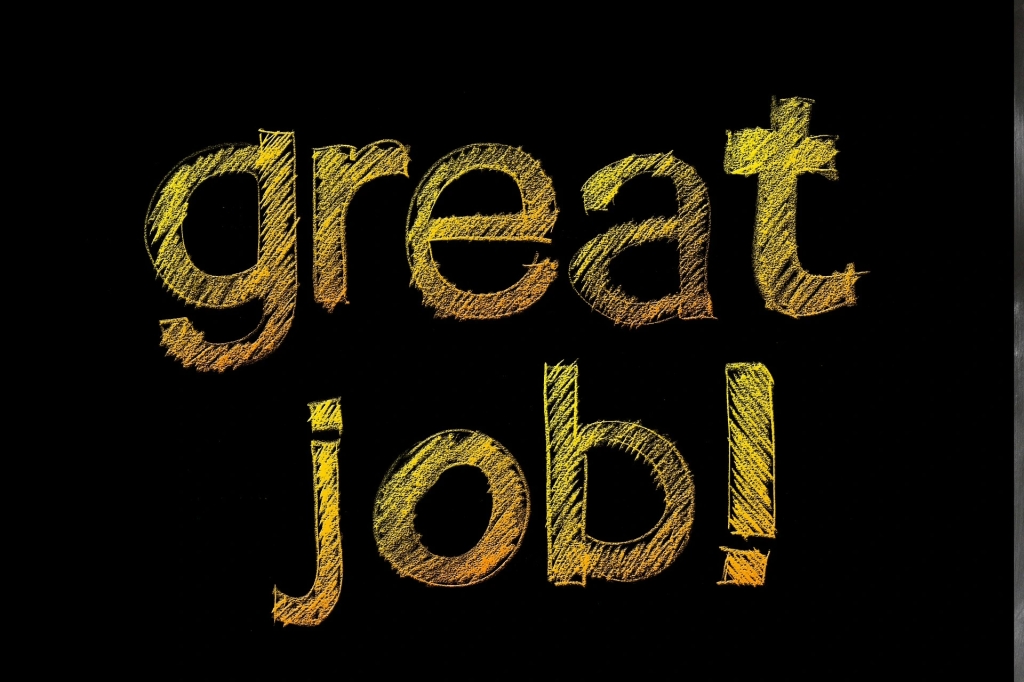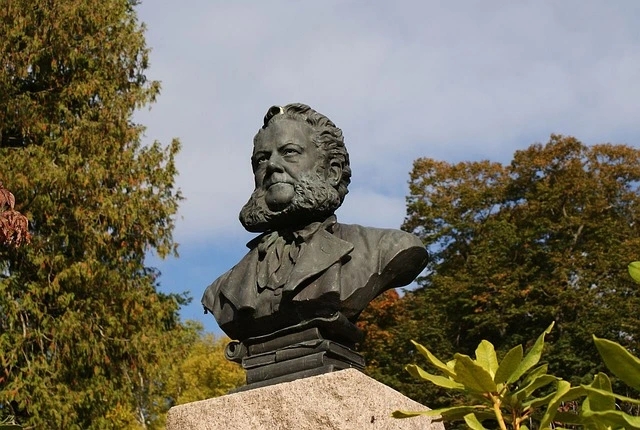The concept of student-centered learning (SCL) is not a product of the 21st century but has its roots deeply embedded in educational philosophy and psychology. The origins of SCL can be traced back to the early 20th century, with significant contributions from educational theorists such as John Dewey, Jean Piaget, and Lev Vygotsky. These pioneers emphasized the importance of an educational approach that prioritizes students’ needs and experiences over traditional pedagogy’s rigid structures. John Dewey, often regarded as the father of progressive education, advocated for a learning process that is social and experiential. He believed that education should not merely transfer knowledge from teacher to student but be a collaborative journey where learning is active and students learn by doing. Dewey’s ideas laid the groundwork for the student-centered learning approach.
Jean Piaget, a Swiss clinical psychologist, further championed this theory in the 1930s. He recognized the student’s voice as central to the learning experience and introduced constructivist learning theory. This theory posits that learners construct their understanding and knowledge of the world through experiencing things and reflecting on those experiences. Lev Vygotsky, another influential figure, contributed to the social development theory, which asserts that community plays a central role in making meaning. His work highlighted the importance of social context and interactions in learning, aligning with the core principles of SCL, which see learning as a shared endeavor.
The development of SCL continued through the 20th century, with Carl Rogers, known for his client-centered counseling approach, expanding these ideas into a general education theory. Rogers emphasized the shift in power from the teacher as the expert to the student as the learner, advocating for a learning environment that fosters independence and self-direction. In practice, student-centered learning has evolved to encompass a variety of teaching methods that shift the focus from teacher-led instruction to student-driven exploration. It encourages students to take responsibility for their learning, to engage in inquiry-based activities, and to reflect on their learning processes. SCL is characterized by a learning environment where students are active, choosing how to approach their learning and assess their progress. Despite its widespread endorsement, the implementation of SCL is challenging. Critics argue that there can be a discrepancy between the claim of applying SCL and its actual practice in educational settings. Some educators may profess to adopt a student-centered approach yet continue to employ teacher-centered methodologies. This highlights the need for a genuine commitment to the principles of SCL and a willingness to adapt teaching practices accordingly.
Principles of student-centered learning
Following are some of the key principles of student-centered learning.
Learner Autonomy
Learner autonomy gives students control over the content and method of their education. This might include deciding on subjects that go within a larger theme, picking projects or learning activities, and even participating in the evaluation of their own learning. Giving pupils the freedom to choose promotes ownership and raises participation.
Focus on Individual Needs
Student-centered learning acknowledges that each student learns differently and at their own speed. In order to ensure that every student is challenged and supported, the curriculum and teaching are tailored to account for these differences.
Active Learning and Collaboration
In student-centered learning, students are not only passive information consumers. By working together with peers on projects, conversations, and problem-solving exercises, they actively participate in the learning process. This develops deeper comprehension, critical thinking abilities, and the capacity to use information in practical contexts.
Assessment for Learning
Assessment, in student-centered learning, is a continuous process that lets students monitor their progress and influences instruction. Students receive focused and useful feedback that gives them the skills they need to increase their comprehension.
Space for Exploration and Creativity
Student-centered learning promotes creativity and exploration. Open-ended exercises, project-based learning, and giving students the chance to express themselves creatively are a few ways to do this. Students become more engaged and acquire essential problem-solving abilities when they are given the freedom to explore their interests and try out new ideas.
Culturally Responsive Learning
This principle recognises the variety of experiences and backgrounds that students bring to the classroom. The education and curriculum are created with the lives and cultures of the students in mind. As a result, students feel more included and have the ability to recognise themselves in the course materials.
Building a Growth Mindset
In student-centered learning, persistence and hard work are valued more highly than just receiving the correct answer. Teachers cultivate a passion for learning and a readiness to take risks by encouraging pupils to see obstacles as chances for personal development.
Building Relationships
A effective student-centered learning environment depends on the quality of the interactions that exist between instructors and students. By acting as mentors and facilitators, teachers provide a secure environment in which students feel free to work with others, ask questions, and take calculated risks.
Conclusion
As we move further into the 21st century, the relevance of student-centered learning continues to grow. Adapting, thinking critically, and learning independently are paramount in a rapidly changing world. SCL not only prepares students for future challenges but also respects their individuality and fosters a lifelong love for learning. The development of student-centered learning from its theoretical foundations to its current implementation in classrooms around the world is evidence of the persistent vision of the original proponents. This approach to education acknowledges the intrinsic curiosity and abilities of every learner, enabling them to take an active role in molding their educational journeys and contributing to the body of knowledge.





Leave a comment